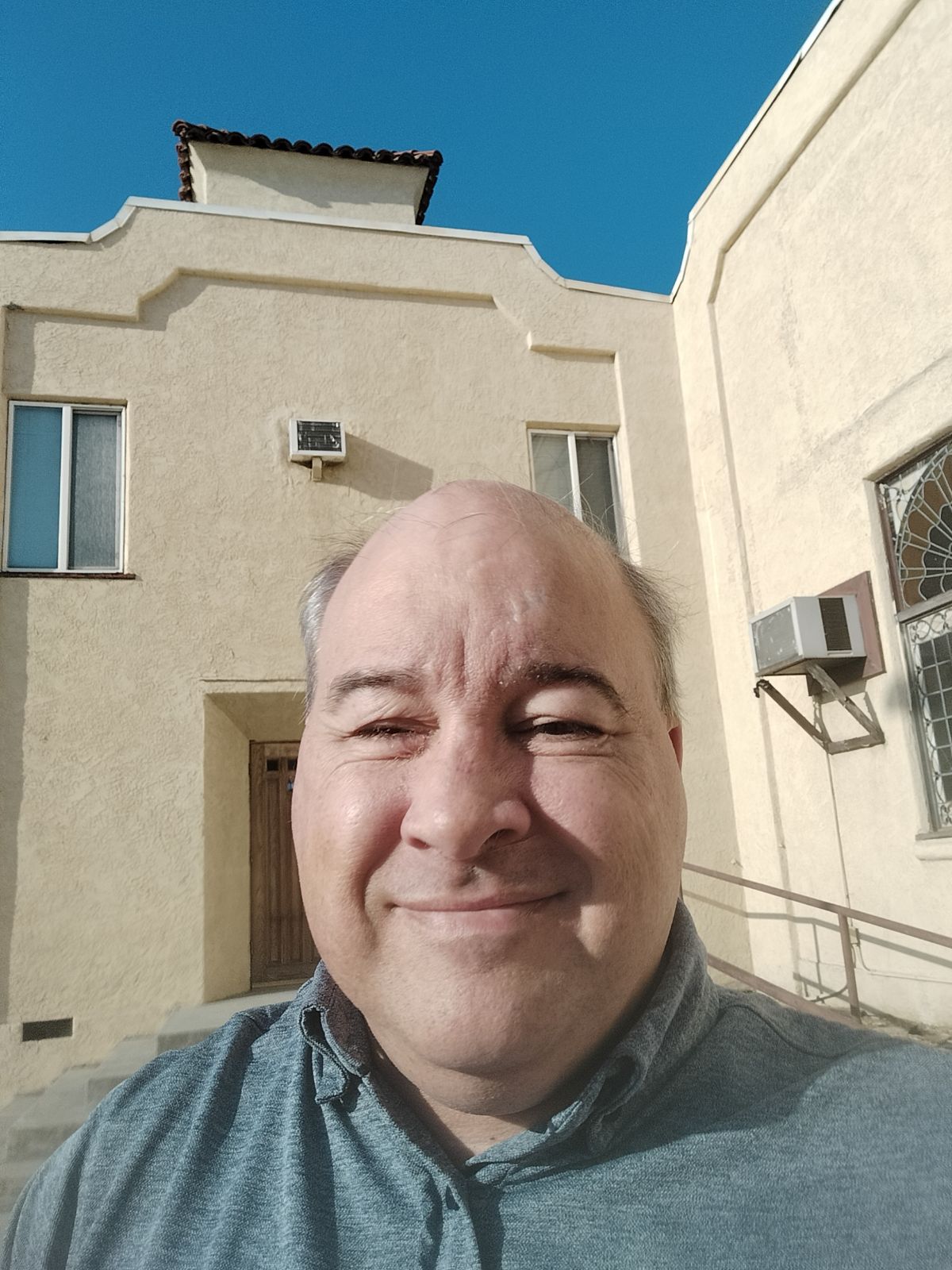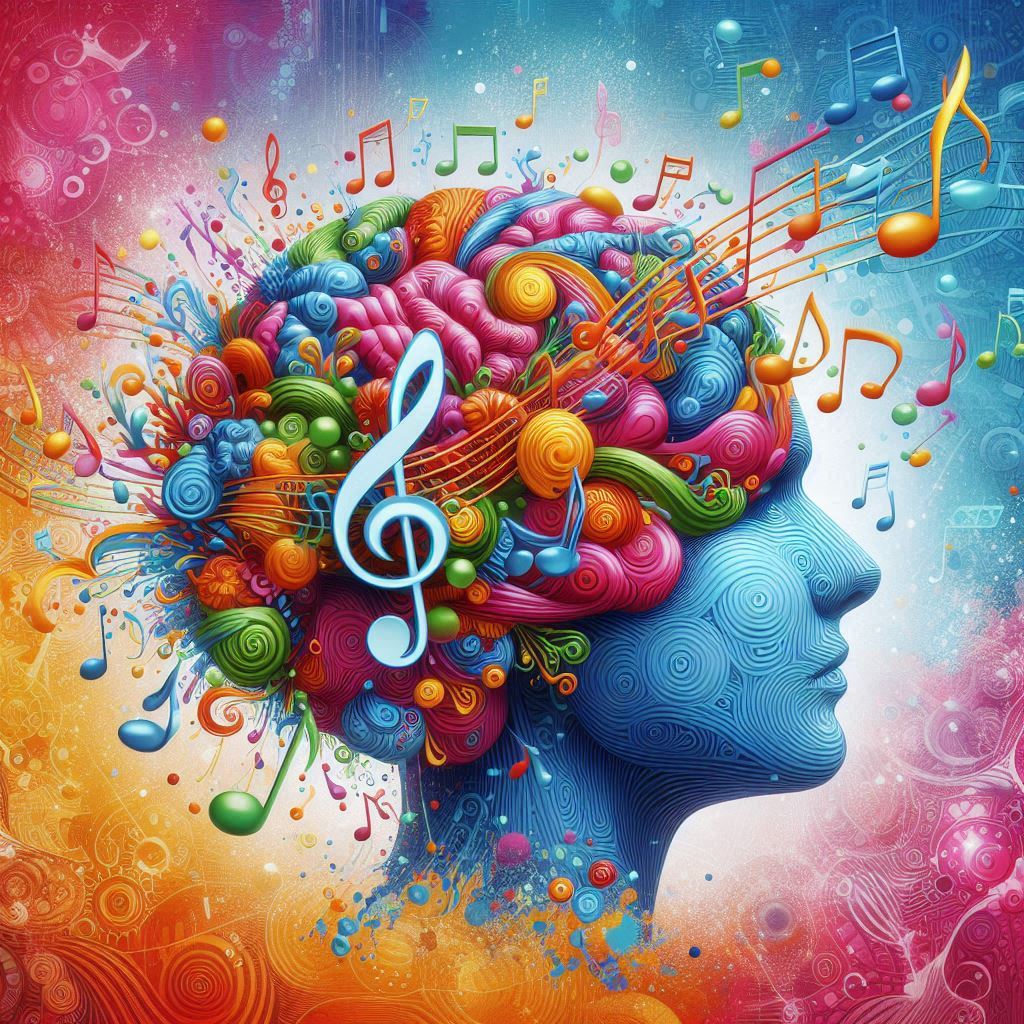Music. We’ve all heard it. Even someone who can’t hear music has a limited knowledge of it because they can often “feel” it. So, this might seem like a weird question to ask. If you ask any random stranger on the street if they know what music is, they’ll say, “of course”! But, ask them to define what music is and you will probably be met with a lot of blank stares.
Most of us probably can’t answer this question, either. Thankfully, we don’t have to have a fully functioning definition of music to enjoy it. Your working definition of music might be “I don’t know how to define it, but I know it when I hear it”. And, that’s fine. But, the philosopher in me can’t help but try to establish definitions of things. So, here we go.
Before we start working out a definition for music, try and get one of your favorite songs in your head. If you need some help, here’s a very simple nursery rhyme that we can all agree is music.
Music Is Sound
First, music is sound. What is “sound”? For our purposes, we’ll define sound simply as vibrations moving through a medium – such as a gas, solid, or liquid. We need the medium for the vibrations to travel through; otherwise, we won’t hear anything. When you hear sound, you are experiencing the acoustic wave traveling through the air (the medium) and vibrating the sensors in your ears. Space has no medium. So, if two astronauts are floating around in space, and one claps their hands, the other won’t hear it.
One of the ways we describe sound is by frequencies measured in hertz (Hz). If you picture a waveform, a sound’s frequency is the amount of times a wave repeats itself in one second. For reference, the lowest note on a piano (A0) is about 28 Hz. That means if we were to see the sound wave, there would be 28 peaks and valleys in one second.
For reference, the highest note on the piano keyboard is C8, (the number represents the octave). Its frequency is 4186 Hz.
When we talk about sounds, we can instinctually say things like “this note is higher than that note”. What “higher” really means is one note has a higher frequency than another (in this case C8 is higher than A0).
Is All Sound Music?
Does any sound count as music, though? Does the sound of a car crash or the flushing of a toilet count as music (Yoko Ono thinks it does)? Can we call it music when your infant is screaming at the top of their lungs because they are hungry? Even if we compare these sounds to the very simple nursery rhyme example, it’s clear to see that there is something different between these sounds and the sounds in the nursery rhyme.
Music Has Organization
One major difference between the sounds of a car crash and the sounds in the nursery rhyme is that the sounds in the nursery rhyme are organized, whereas the sounds of a car crash are utter chaos. The writer of Twinkle, Twinkle Litte Star intentionally organized specific frequencies in a specific pattern. So, we can say that one thing that makes music different from random sounds is that it is organized.
Does this mean that all organized sounds are music, though? If all organized sounds could be considered music we would have to say that normal conversations in our speaking voices are music. But, I think our gut tells us otherwise. If I say to you in my normal speaking voice, “twinkle, twinkle little star. How I wonder what you are” that sounds different than when I sing it. If you didn’t know that those were lyrics to a song, you might think I was reciting poetry if I said the words in my normal speaking voice. But, if I introduce tonal qualities such as pitch and rhythm, you would say I was singing a song.
Music Is Tonal
“Singing” is one of those things we instinctually know when we hear it. But, have you ever stopped to think of what makes singing “singing”? Well, your singing voice sounds different than your speaking voice. And you don’t usually make the same sound as you say the words. You change the pitch of your voice (technically the frequency) at specific times to make a song.
You also don’t typically sing in the same rhythm you speak in either. For example, you might hold that last syllable of the word “star” for a second longer than the other syllables of the sentence when you sing it. But, when you speak, it sounds weird if you end the sentence with “staaarrrrr”. It sounds completely normal if you sing it that way, though.
Music isn’t just sound, though. In a song, most instruments have moments when they are not playing a note; they have moments when they are silent. We call this a rest. These moments of no sounds give a song rhythm and dynamics. So, we can say that music often contains short moments were no music is being played.
I would argue that the opposite is not true. You cannot have a song of just rests. Modernist conductor John cage “composed” a piece called “4’33″” in which the orchestra sits in front of the audience and plays nothing for 4 minutes and 33 seconds. They just sit there in uncomfortable silence. In other words, the entire “piece” is one long rest.
Our gut tells us this is not music. We don’t have to turn to some music critic or highly educated musicologist to teach us otherwise. There is no tonal properties, there is no rhythm, there is no order of the notes. There is just… nothing.
Many have labeled pieces like this (and Yoko Ono’s flushing toilet) as “sound art”. I think that’s a good definition. These people are using sound (or lack thereof) to do something expressive and artsy. They are not trying to make music. So, sound art is a much better term for this type of thing.
Music Is…
Now that we have established some of the properties of music, I want to leave you with a couple of takeaways. First, trust your instincts on what music is and what it is not. By the time we’re 5, we’ve heard enough songs to know that what John Lennon does with a guitar is music and what Yoko Ono does with a toilet is not. Even if you couldn’t put your finger on what makes them different (until you read this article, that is), you instinctively knew the difference. You didn’t need to go to school to learn it and you certainly don’t need someone from a higher level of education to tell you what counts as music and what does not.
Along those same lines, music is something that is available to everyone who can hear. Some things in life we do need special instruments to engage with – like a telescope to see distant galaxies. And, some things we do need highly educated people to help us understand – like how those distant galaxies formed. But, music isn’t like that. It’s complex, it’s layered, and it grabs ahold of us without having to know how it works.
Finally, music is more than communication. I can speak the words “I love you” to my wife. But, if I sing them to her – if I play a few notes on my guitar while I sing it to her – there’s something more going on. I intend to engage with her differently than if I just spoke to her.
Music is different. And, we know it.

David is an author and speaker with Legati Christi where he has written about and spoken on multiple apologetic and theological topics for the past 6 years. He recently launched Theology In Music as a way to combine his love of theology with his other passion in life – music.

Leave a Reply